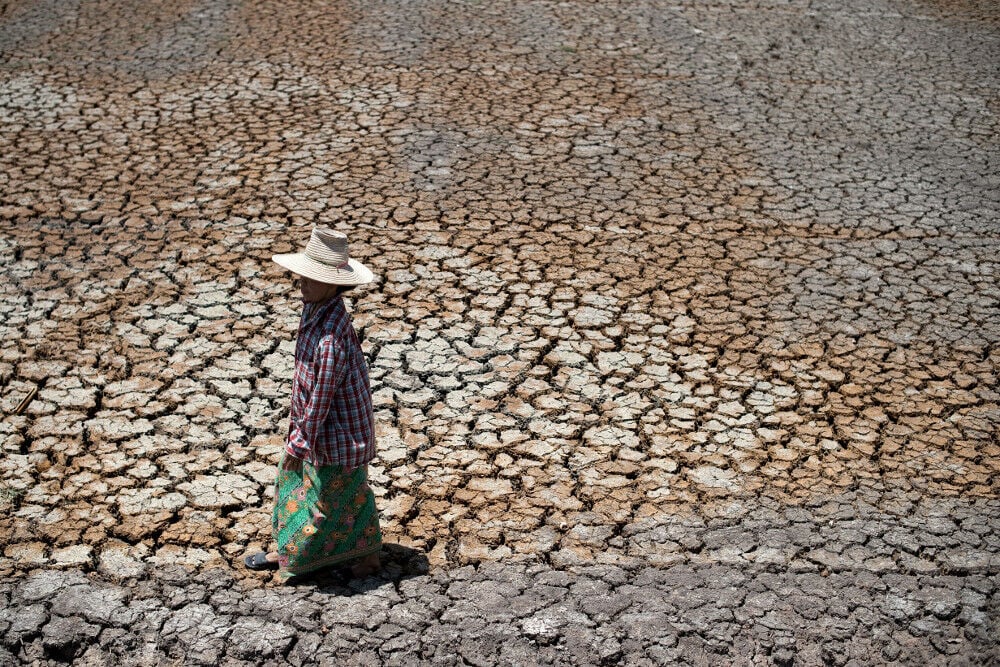Drought dries up Buriram: 300 Thai households forced to buy water

The protracted drought in Thailand has precipitated a water crisis in Mueang district, Buriram, compelling approximately 300 households across three villages to resort to purchasing water. The scarcity of water is attributed to the drying up of the area’s groundwater, which these villages heavily depend on, given that they are not linked to the local water pipelines.
The impacted villages include the old and new Ban Nong Makhuea neighbourhood and Ban Nong Hua Ling. Despite their proximity to the Huai Jorakhe Mak reservoir, which caters to the Mueang district, they lack direct access to its water supply. Consequently, these communities have typically relied on the combination of groundwater and rainwater collected during the rainy season to suffice their needs.
However, the severity of this year’s drought has exhausted the local groundwater reserves, thereby compelling the residents to spend money on water for everyday consumption. Somyin Lubram, a health volunteer in Ban Nong Hua Ling, noted that she had made multiple appeals to the local authorities to integrate the area into the local water pipeline.
She recalled that pipeline installation started four years ago but remained unfinished. Consequently, the affected residents are urging the government to complete the project, expressing their aspiration for a functioning tap water system akin to other nearby communities.
Offering some hope, Krittana Urairam, the village head of Ban Nong Hua Ling, disclosed that the tambon Sakaeprong administrative organisation has procured the funds necessary to complete the tap water system installation. He anticipates that the work will recommence shortly, reported Bangkok Post.
In a related development, the Meteorological Department of Thailand forecasted that the rainy season will start during the fourth week of May, a fortnight later than usual, and will conclude towards the end of October.
Water levels
Meanwhile, a severe drop in water levels at the Lam Takhong Reservoir and Lam Mun River in Nakhon Ratchasima, Thailand, is causing concern for residents. The primary water sources in the region are suffering due to drought and extreme heat, leading to fears of water shortages.
Lam Takhong, one of the four main reservoirs in Nakhon Ratchasima, currently holds only 111.25 million cubic metres of water. This represents just 35.38% of its capacity, a significant decrease from the 204.63 million cubic metres, or 65.07% of capacity, recorded in the same period last year, as reported by the provincial irrigation project. The substantial drop in water levels is attributed to drought, reduced rainfall, and persistent heat.
Latest Thailand News
Follow The Thaiger on Google News:


























